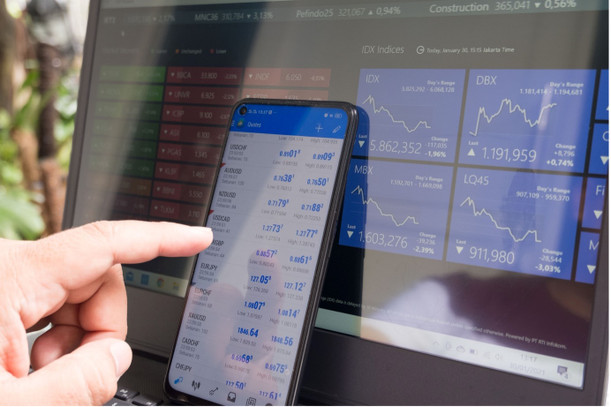Nearly every traveler has been burned by a foreign currency transaction. It’s not only one of the biggest frustrations of going overseas, but it also acts as a major barrier of entry to getting started with currency trading. You’ve probably experienced it yourself. You go to exchange your money, and you’re offered a much lower rate than you expected.
The problem is that the currency exchange rate is only one piece of the story. When you purchase or sell foreign currency, the transaction can be saddled with a bunch of hidden fees. In addition to paying the necessary transfer fees and overseas bank charges, customers transacting in a foreign currency pair must also account for currency mark-up and unfavorable bid-ask spreads.
If you want the best foreign exchange rates for bank transfers, you need to understand the impact that these factors can have upon the prevailing foreign exchange rate. To give you the best chance of detecting and avoiding hidden foreign exchange fees, we’ve put together a brief guide to currency mark-up and bid-ask spreads.
How Does Currency Mark-Up Work?
If you're a forex trader or frequent international traveler, you're probably familiar with the relationship between currency mark-up and spot rates. But if you're not, here's a quick primer.
As you may or may not know, an exchange rate is the price of one currency expressed in terms of another currency. For example, the current exchange rate of the euro to the US Dollar is approximately $1.18. This means that one euro is worth about $1.18 in American currency. The exchange rate is based on the relative market activity of the two base currencies.
In comparison, the spot rate is the current exchange rate that you would get if you bought and sold a currency pair from a forex broker. Spot rates are constantly updated and republished by currency market exchange brokers to ensure a continuous live market for currency pairs.
The currency market is a highly competitive market. The big companies are all trying to make a profit, and they do this by marking up currency prices relative to their spot rate. A quick and easy way to check currency mark-up is to compare the foreign exchange rate offered by your bank to the corresponding spot rate offered by a trusted forex broker. As a general rule, if your bank is offering a high exchange rate with low currency mark-up, you’re probably getting a good deal.
How Do Bid-Ask Spreads Work?
Also known as the buy-sell spread, the bid-ask spread is the difference between what buyers and sellers are willing to pay for a currency pair. The bid is the price at which a buyer is willing to purchase a currency pair while the ask is the price at which a seller is willing to sell a currency pair.
Since the bid-ask spread is the difference between the two prices, currency traders and foreign exchange brokers can exploit this spread to make a profit. For example, a foreign exchange kiosk in the U.S. might advertise euros at the following forex rate:
- €1 = $1.20/ $1.30
If an American traveler visited the kiosk wanting to stock up on euros before leaving the country, they would need to purchase at the ask price (the higher rate). So, if the traveler wanted €4,000, they would have to pay the operator $5,200.
A few minutes later, another customer might arrive looking to exchange €4,000 for U.S. dollars. The kiosk operator can then buy these euros at the bid price, offering the second customer $4,800 in exchange for their €4,000.
Because of the way the bid-ask spread is structured, the kiosk operator is able to make a tidy profit of $400 from two customers, and that's not even accounting for the markup they could charge on each transaction.
To be clear, this example is a bit contrived and doesn't reflect the actual bid-ask spreads for currencies. There are many other factors that impact the price of a currency pair, including the exchange rate, the liquidity of the currency pair, and whether or not a currency pair is in contango or backwardation.
That's not to say that bid-ask spread isn't an important factor when transferring foreign currencies. If you want to minimize your exposure to unfavorable bid-ask spreads, the best thing you can do is shop around to find the best rates. In most cases, your bank or credit union will offer better exchange rates and more competitive spreads then airport kiosks and online currency converters.
The Bottom Line
Understanding the theory and mechanics of currency mark-up and bid-ask spreads will help you make more informed decisions when it comes to currency transfers and trading. A little research goes a long way and by shopping around for the best deals, you'll be able to mitigate a lot of the impact of foreign exchange fees, currency mark-up, and wide bid-ask spreads.





